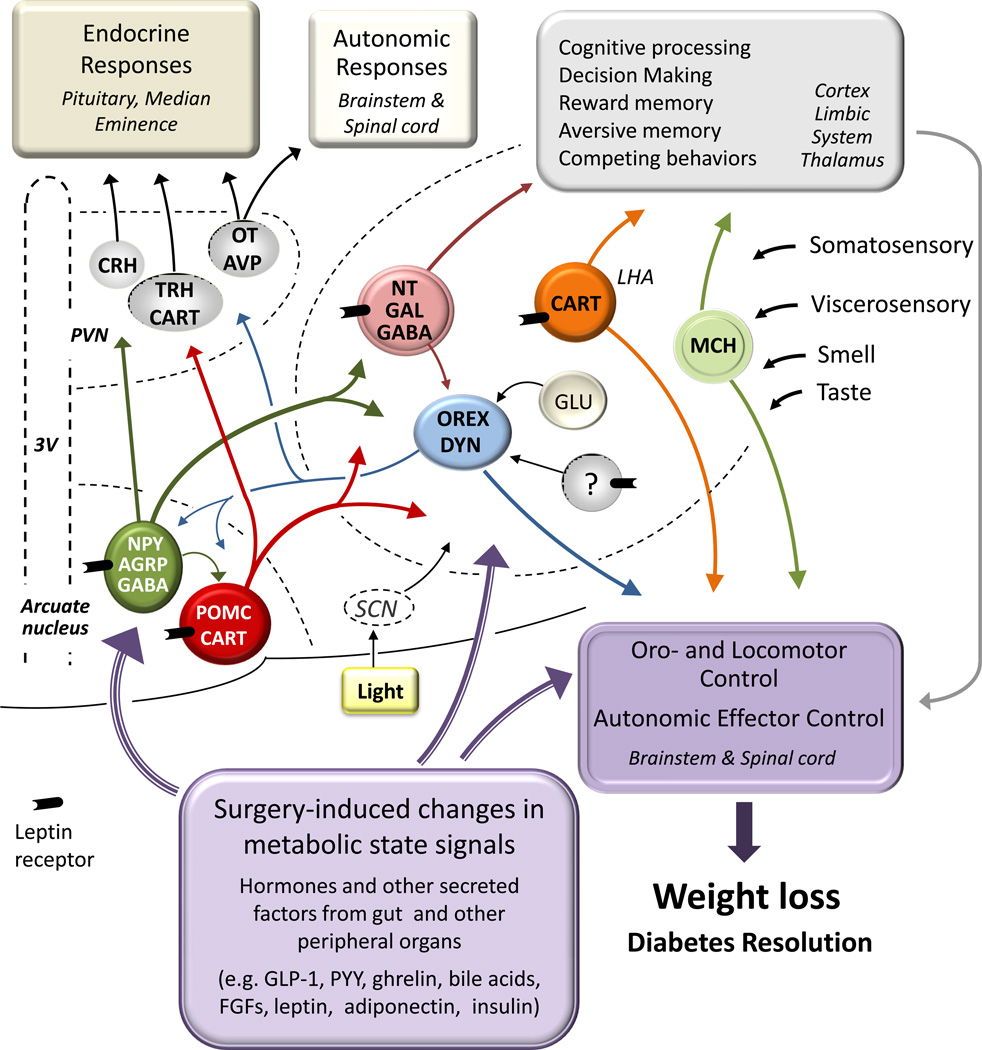Fig. 2. Potential mediation of beneficial effects of bariatric surgery by the classical hypothalamic homeostatic regulator of energy balance.
Primary neurons in the arcuate nucleus sensitive to leptin and other metabolic state signals connect with secondary neurons in other parts of the hypothalamus to orchestrate activation of appropriate behavioral, autonomic, and endocrine anabolic and catabolic effector pathways. Major secondary neurons include Thyrotropin-releasing (TRH) and corticotrophin-releasing hormone (CRH) expressing neurons in the paraventricular nucleus (PVN) engaging the neuroendocrine axis, oxytocin (OT) expressing neurons in the PVN as well as orexin (Orex), melanin-concentrating hormone (MCH) and cocaine and amphetamine-regulated transcript (CART) expressing neurons in the lateral hypothalamic area (LHA) projecting to autonomic outflow pathways and oromotor and locomotor control areas in the caudal brain stem and spinal cord. Most of the lateral hypothalamic secondary neurons also project to corticolimbic structures involved in reward as well as cognitive and emotional processes. By acting on components of this regulatory system, bariatric surgery may be able to reset the defended level of body weight/adiposity to a less obese state. NPY, Neuropeptide Y; AGRP, agoutirelated protein; GABA, gamma-aminobutyric acid; POMC, proopiomelanocortin; NT, neurotensin; Gal, galanin; Dyn, dynorphin; SCN, suprachiasmatic nucleus; 3V, third Ventricle; GLP-1, glucagon-like peptide-1; PYY, peptide tyrosine tyrosine; FGFs, fibroblast growth factors (Modified after 92)

